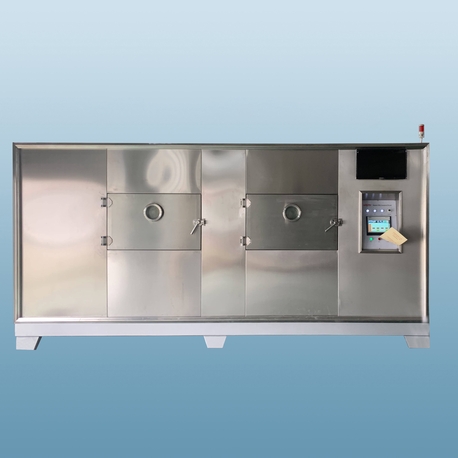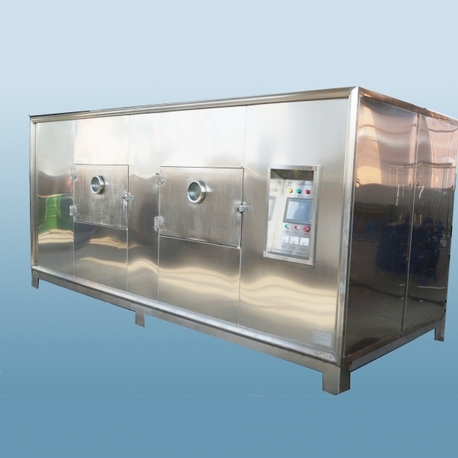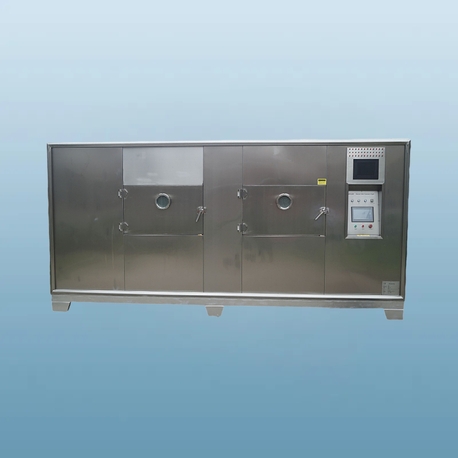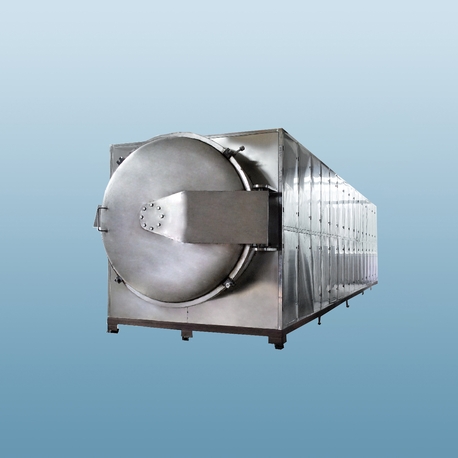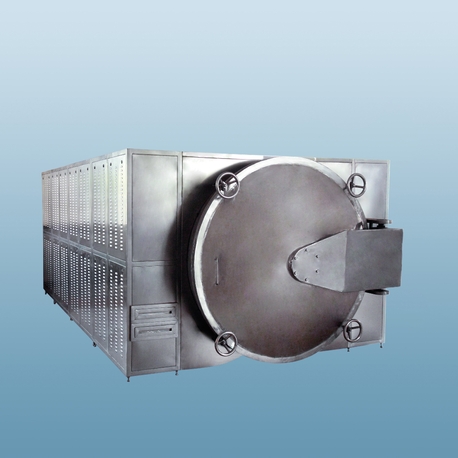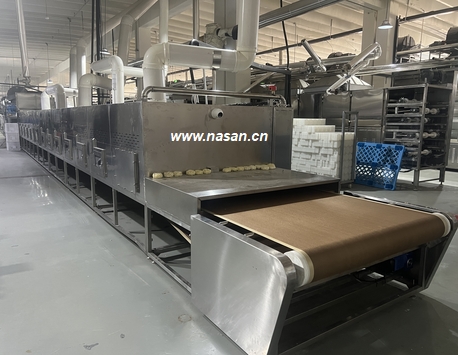That feeling of a successful mushroom harvest is incredibly rewarding. But the clock starts ticking immediately. Fresh mushrooms are delicate, prone to spoilage, and losing your precious bounty to mold is a heartbreak no forager or grower wants to experience. While air-drying or using a standard oven are common first attempts, they often lead to uneven results, loss of potency, or worse, ruined batches.
This is where a dedicated mushroom dryer becomes a game-changer. It’s not just a luxury; for many, it's an essential piece of post-harvest equipment. But with various options available, how do you choose the right one? Let's dive deep into the seven critical aspects you must consider to make an informed decision and preserve your mushrooms perfectly.
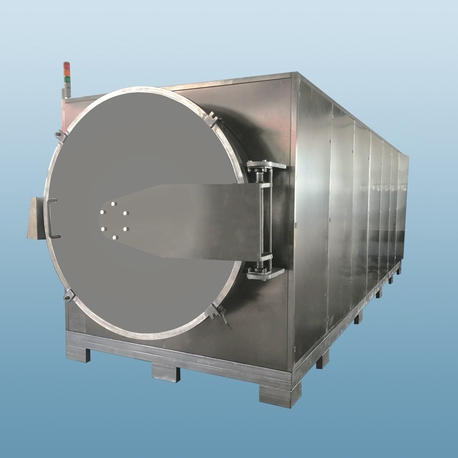
How a Mushroom Dryer Actually Works: The Science of Preservation
At its core, a mushroom dryer is designed to remove moisture from mushrooms in a controlled and efficient manner. Unlike haphazard methods, it uses a simple but effective scientific principle: moving warm air.
Here's the process:
Airflow Intake: A fan draws in ambient air from the surrounding environment.
Heating Element: This air passes over a low-wattage heating element, warming it to a specific, adjustable temperature.
Circulation: The warm, dry air is then circulated evenly throughout the drying chambers or trays where the mushrooms are placed.
Moisture Evaporation: As this air flows over the mushrooms, it absorbs moisture from their surface. Mushrooms are mostly water, and this process draws that internal moisture out.
Humidity Expulsion: The now moisture-laden, humid air is vented out of the dryer, making room for a fresh cycle of dry air.
This continuous cycle of warm, dry air in and moist air out ensures that mushrooms dry evenly from the outside in, preventing case-hardening (where the outside hardens and traps moisture inside) and inhibiting bacterial or mold growth. The precise temperature control is key, as too much heat can destroy heat-sensitive compounds, while too little can make the process inefficient.
Key Benefits: Why a Dedicated Dryer is a Worthy Investment
Why should you invest in a specialized appliance when the sun or an oven is "free"? The advantages are substantial and directly impact the quality and value of your final product.
Superior Preservation of Active Compounds: Many prized mushroom varieties contain beneficial compounds that are sensitive to high heat. A high-quality mushroom dryer allows for low-temperature drying (often starting as low as 95°F / 35°C), which gently removes water while preserving the integrity of these delicate constituents.
Prevents Spoilage and Mold: By rapidly reducing the moisture content to below 10%, a dryer creates an environment where mold, bacteria, and yeasts cannot survive. This dramatically extends the shelf life of your mushrooms from a few days to over a year when stored correctly.
Enhances Flavor and Potency: Proper drying concentrates the unique umami and earthy flavors of culinary mushrooms. For functional varieties, it locks in the potency, ensuring you get the full benefit when you use them.
Maintains Excellent Appearance: A good mushroom dryer preserves the shape, color, and structure of your mushrooms. They come out looking professional and appealing, unlike sun-dried mushrooms which can fade or oven-dried ones that can become brittle or burnt.
Convenience and Peace of Mind: It's a set-and-forget system. You can load it, set the temperature, and trust that your harvest is being preserved optimally overnight or while you're away, without any need for constant monitoring.
Critical Features to Look For in Your Mushroom Dryer
Not all dryers are created equal. When comparing models, pay close attention to these features to ensure you get a machine that meets your needs.
Precise Temperature Control: This is non-negotiable. Look for a dryer with an adjustable thermostat, preferably with a range from 95°F (35°C) to 160°F (71°C). Low temperatures are crucial for delicate varieties, while slightly higher ones can be used for thicker, culinary mushrooms.
Enclosed Heating System: The heating element should be fully enclosed and separate from the fan. This is a critical safety feature that prevents any mushroom debris from falling onto the hot element and creating a fire hazard.
Even Airflow Design: The most common designs are vertical (stackable trays with a fan at the base) or horizontal (front-mounted fan with rear air vents). Horizontal airflow is often superior for consistent drying across all trays, as it prevents moisture from dripping from higher trays onto lower ones.
Timer and Auto-Shutoff Function: A digital timer allows you to set the drying duration precisely. An auto-shutoff function provides an added layer of safety, turning the unit off once the time elapses.
Construction Material: Stainless steel or food-grade ABS plastic interiors are durable, easy to clean, and resistant to odors. The trays should be sturdy and mesh-based to allow for maximum airflow.
Capacity and Expandability: Consider your average harvest size. Dryers come with a set number of trays, but many allow you to purchase additional trays to expand capacity as your needs grow.
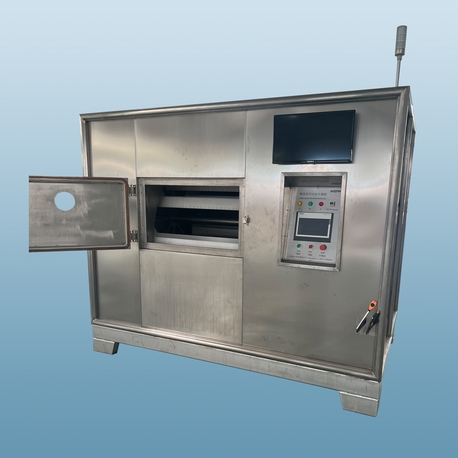
The Step-by-Step Drying Process for Perfect Results
Using a mushroom dryer is straightforward, but following these steps will guarantee the best outcome.
Preparation: Gently clean your fresh mushrooms with a soft brush or cloth to remove any substrate or debris. Avoid washing them if possible, as they absorb water. If you must rinse, do so quickly and pat them completely dry immediately after.
Slicing (Optional but Recommended): For larger mushrooms, especially those with thick stems, slicing them to a uniform thickness (about 1/4 inch or 0.6 cm) ensures they dry evenly and much faster. Leave smaller mushrooms whole.
Loading the Trays: Arrange the mushrooms in a single layer on the trays, ensuring they are not touching or overlapping. This allows for optimal air circulation around each piece.
Setting the Temperature: For delicate, functional mushrooms, start at a low temperature, around 95°F to 105°F (35°C to 40°C). For denser, culinary mushrooms like portobellos, you can start at 115°F to 130°F (45°C to 55°C).
Drying Time: The total time will vary based on mushroom size, humidity, and temperature. It can take anywhere from 4 to 12 hours. They are done when they are brittle and snap cleanly, with no bend or sponginess. There should be no moisture felt inside if you break one.
Beyond Preservation: Creative Uses for Your Dried Mushrooms
Once you have a stash of perfectly dried mushrooms, a world of culinary and practical applications opens up.
Creating Mushroom Powder: Grind dried mushrooms into a fine powder using a clean coffee or spice grinder. This powder is an incredible flavor booster. Add it to soups, stews, sauces, gravies, spice rubs, and even baked goods for a deep, savory umami kick.
Long-Term Storage for Soups and Broths: Whole dried mushrooms are perfect for reconstituting in hot water to use in recipes. The leftover soaking liquid itself is a flavorful mushroom broth that should never be wasted.
Crafting Mushroom Tinctures and Extracts: For those interested in the functional properties of mushrooms, the drying process is the essential first step before creating dual-extraction tinctures, which capture both water-soluble and alcohol-soluble compounds.
Ready-to-Use Snacks: Certain dried mushrooms, like seasoned Shiitake chips, can be a delicious and healthy snack all on their own.
Proper Storage: Keeping Your Dried Mushrooms Safe and Potent
The job isn't finished once the mushrooms are dry. Improper storage can lead to them reabsorbing moisture and spoiling.
Conditioning: After drying, let the mushrooms cool completely. Then, place them in a sealed glass jar for 24 hours. Shake the jar daily. If you notice any condensation forming on the glass, the mushrooms need more drying time.
Storage Containers: Use airtight containers. Glass mason jars with sealed lids are ideal.
Environment: Store the jars in a cool, dark, and dry place. Light, heat, and moisture are the enemies of long-term storage.
Desiccant Packs: For added insurance, toss a food-safe desiccant packet into each storage jar. This will absorb any residual ambient moisture.
Frequently Asked Questions (FAQ)
Q1: How long does it typically take to dry mushrooms in a mushroom dryer?
A1: Drying time varies significantly based on the mushroom's thickness, water content, the drying temperature, and ambient humidity. Thinly sliced mushrooms may dry in 4-6 hours, while whole, thick-cap mushrooms can take 10-12 hours or more. The best indicator is texture: they should be cracker-dry and snap, not bend.
Q2: What is the ideal temperature setting for my mushroom dryer?
A2: For mushrooms valued for their sensitive compounds, a low and slow approach is best, typically between 95°F and 105°F (35°C - 40°C). For common culinary mushrooms where flavor is the primary goal, a range of 115°F to 130°F (45°C - 55°C) is effective and efficient. Always start on the lower end of the spectrum.
Q3: Can I use a mushroom dryer for other foods?
A3: Absolutely! A mushroom dryer is essentially a food dehydrator. It works excellently for drying herbs, fruits (like apples and bananas), vegetables (like tomatoes and peppers for powders), and even for making jerky.
Q4: Is it necessary to pre-treat mushrooms before putting them in the dryer?
A4: No, pre-treatment like blanching is generally not required or recommended for mushrooms. The key is to ensure they are clean and uniformly sliced to promote even drying. Adding water or heat through blanching can start the degradation process and is an unnecessary step.
Q5: How do I clean and maintain my mushroom dryer?
A5: Always unplug the unit and let it cool completely. The trays should be washed with warm, soapy water. Wipe down the interior and exterior with a damp cloth. Do not submerge the main unit in water. Ensure all parts are completely dry before reassembling and storing to prevent mold or mildew.


